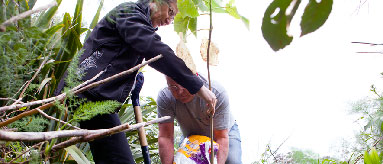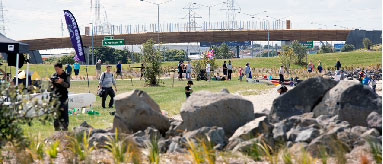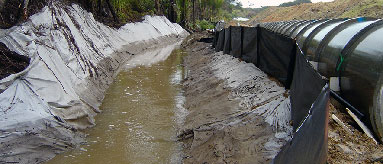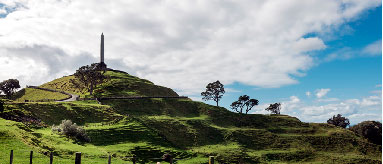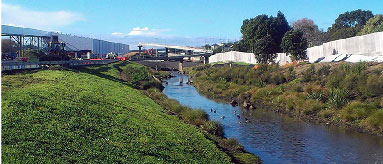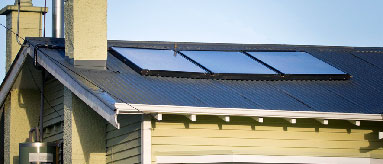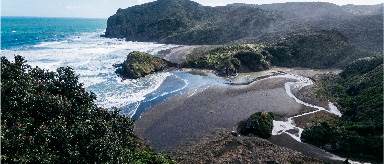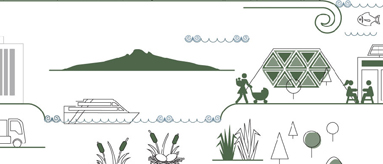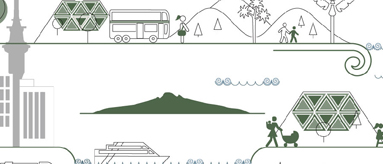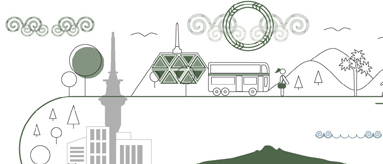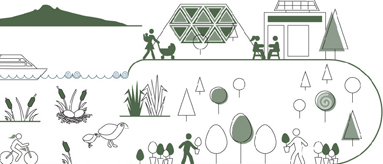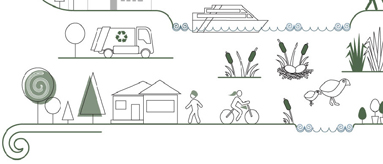Focus area 3
Rohe arotahinga 3: Whakamārama ā-muri, ā-mua i te aweawe o te tipuranga Account fully for the past and future impacts of growth
Our consistently growing population will continue to put pressure on the natural environment.
We must learn from the past and embed more sustainable approaches in any future developments.
Decision-making needs to fully account for the immediate and ongoing impacts of population and urban growth and its related projects.
Developments do not exist in isolation. They have effects beyond the immediate and cumulative small impacts may combine to generate significant larger issues.
Depending on how it is managed, growth can also exacerbate threats such as climate change or the spread of invasive species.
For example, development in areas already susceptible to flooding increases the risk and intensity of flood events by generating higher volumes of run-off Water flows which result from rain water which is not absorbed by permeable surfaces or that which falls on impermeable surfaces..
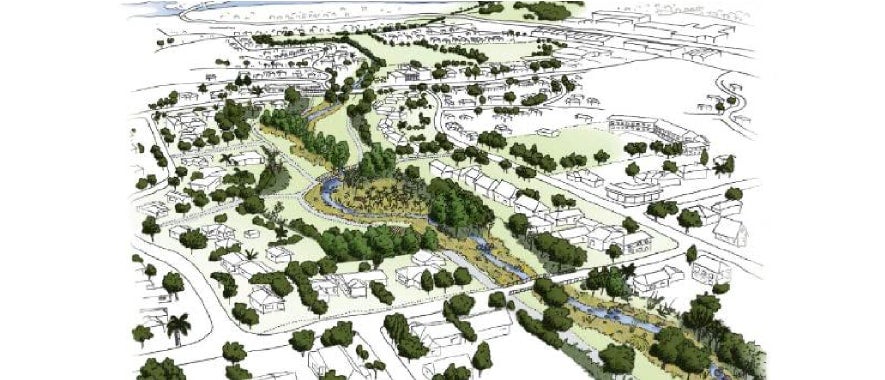
Water sensitive design sketch
We need to reverse environmental decline as well as eliminate ongoing impacts. We also need to avoid short term solutions that create long-term costs and consequences.
How this can be done
More sustainable practices could include:
- assessing future threats and integrating how we deal with them into the design of developments, for example by ensuring resilience to climate change impacts
- minimising greenhouse gas emissions Gases emitted to the atmosphere which contribute to the greenhouse gas effect, in which more than the normal amount of atmospheric heat is retained in the atmosphere. These emissions include water vapour, carbon dioxide, nitrous oxide, methane, ozone, halocarbons and other chlorine and bromine-containing substances. from all phases of development, from construction and use through to deconstruction and disposal.
- maximising the flexibility and adaptability of developments, both in terms of form and function, for example by creating public open spaces that also assist with flood management, as described on De Urbanisten website
- requiring an assessment of the long-term environmental, social and economic impacts of all developments and verifying these impacts post-construction.
Much of this is in the hands of decision-makers who set legislation, policy and regulation for growth and development in Auckland.
They must use the experiences of the past as well as new knowledge and research to account for the long-lasting effects of growth decisions.
This will contribute significantly to making more sustainable choices now.

